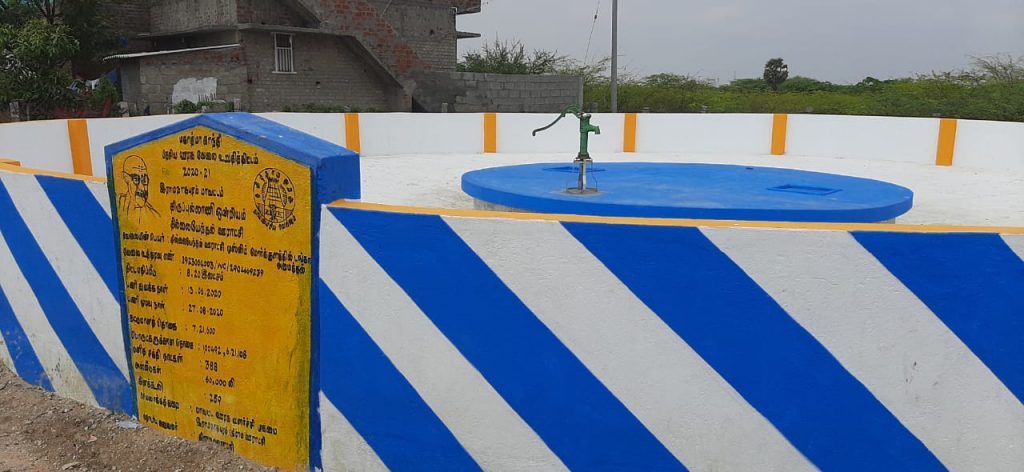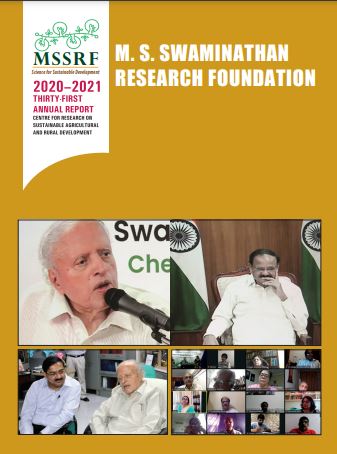Experiences from piloting TANKA model of Rajasthan in Ramanathapuram district, Tamil Nadu
“Water, water, water everywhere, nor any drop to drink.” This famous line from Samuel Taylor Coleridge’s The Rime of the Ancient Mariner might become a reality for us very soon. Climate change is having a tremendous influence not just on our climate and weather patterns, but also on our drinking water supply. As global temperature rises, so does demand for water. The impact of climate change on our valuable resources is alarming – ranging from droughts to heavy flooding. Through this blog, we share our experiences of piloting a drinking water supply model to improve water security.
Groundwater salinity and consequences
One of the significant factors contributing to groundwater salinity increase is climate change. As the Earth’s climate warms, sea levels rise, and water evaporates more readily, increasing the salt content in seawater. This implies that when seawater seeps into groundwater aquifers, the salinity of the water increases.
Changes in land use (such as more intensive agriculture and aquaculture), deterioration of coastal ecosystems such as sand dunes, plus accompanying vegetation and wetlands, drought, and even natural geological processes are all foundations to cause salinity to increase in our groundwater. Given this situation, local population must be made aware of the harmful effects on the naturally available water resources. Such understanding will prompt them to use better water management methods.

The TANKA Model tested
Ramanathapuram district has a long coastline, and drinking water supply is becoming scarce and even salty due to both geological and anthropogenic drivers. Such conditions impact the health and sanitation of the community with women and children bearing a greater burden because they are socio-culturally responsible for providing safe drinking water. Traditionally, Ooranis are the main sources – small excavated ponds to harvest rainwater that meet requirements of the community. Rooftop rainwater harvesting at the household level is also used to manage water demands in the coastal villages. However, due to changes in land use and socioeconomic and political relations at the local level, seawater intrusion, sewage water mixing in Oorani’s, and the practice of open defecation in nearby micro-catchment areas, have all contaminated the water bodies, and the community can no longer rely on these source for drinking water.
Against this backdrop, TANKA – a water harvesting structure that retains rainwater and offers a consistent source of drinking water for the community was established at the R.S. Mangalam and Thiruppulani blocks. The TANKA holds 60,000 litres of water – enough to supply nearly 280 families for 2-3 months, and minimises the amount of energy required for groundwater pumping and diesel pump emissions. It is therefore an efficient method for combating climate change in rural regions.
The TANKAS provide water security to the household, and reduces the burden on women who need to walk long distances to carry water back to the home. Women suffer less and have more time to engage in other productive work. There are also positive outcomes in gender relations at the household and community levels.

